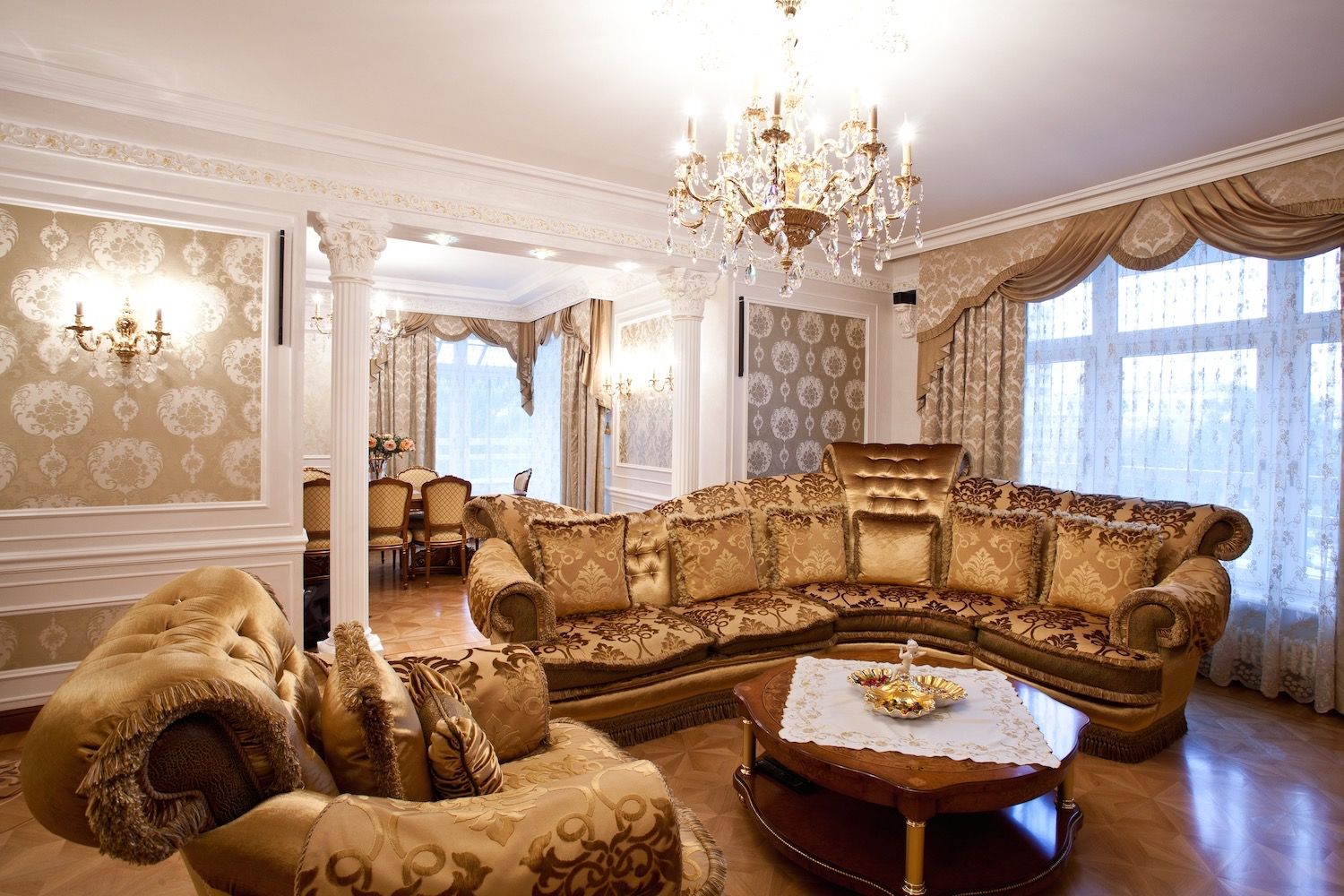The Essence of Middle Eastern Bedroom Furniture

The allure of Middle Eastern bedroom furniture lies in its intricate craftsmanship, rich history, and cultural significance. It’s not just about aesthetics; it’s a reflection of traditions, beliefs, and the way of life in the region.
Historical and Cultural Influences
The design of Middle Eastern bedroom furniture is a tapestry woven from various historical and cultural threads. The region’s diverse heritage, spanning centuries, has contributed to the unique character of its furniture. Ancient civilizations like the Egyptians, Persians, and Ottomans have left an indelible mark on the furniture designs.
Traditional Materials
Middle Eastern bedroom furniture is crafted from materials that are readily available and have been used for generations. Wood, metal, and textiles are the backbone of these designs.
- Wood: The most common material used in Middle Eastern furniture is wood. Cedar, walnut, and olive wood are favored for their durability, beautiful grain patterns, and natural aroma.
- Metal: Brass, copper, and silver are frequently incorporated into furniture designs, adding intricate details and a touch of opulence. Metalwork is often used for decorative accents, such as handles, hinges, and embellishments.
- Textiles: Rich fabrics, like silk, velvet, and brocade, are used to upholster furniture and add a luxurious touch. Traditional patterns and motifs, often inspired by nature and Islamic art, are woven into these textiles.
Intricate Carvings, Geometric Patterns, and Vibrant Colors
The artistry of Middle Eastern furniture is evident in the intricate carvings, geometric patterns, and vibrant colors that adorn these pieces. These elements reflect the region’s rich artistic heritage and cultural values.
- Intricate Carvings: Wood is often meticulously carved with intricate designs, creating a sense of depth and artistry. These carvings often feature floral motifs, geometric patterns, and calligraphy.
- Geometric Patterns: Islamic art heavily influences the geometric patterns found in Middle Eastern furniture. These patterns are often based on repeating motifs, creating a sense of order and harmony.
- Vibrant Colors: Rich colors, often inspired by nature, are used to paint and decorate furniture. Red, blue, green, and gold are popular choices, adding a touch of vibrancy and warmth to the designs.
Key Elements of Middle Eastern Bedroom Design: Middle Eastern Bedroom Furniture

The allure of Middle Eastern bedroom design lies in its intricate details, rich textures, and harmonious blend of tradition and contemporary comfort. It’s a symphony of colors, patterns, and materials that evoke a sense of warmth, opulence, and tranquility.
Bed Styles
A bed is the centerpiece of any bedroom, and Middle Eastern design offers a variety of styles that reflect the region’s rich heritage.
- Divan Beds: These low-lying, platform beds, often adorned with intricate carvings and luxurious fabrics, are a staple of Middle Eastern bedrooms. They provide a sense of grounded comfort and are ideal for creating a cozy and inviting atmosphere.
- Platform Beds: Platform beds, with their raised frames and often featuring storage space underneath, offer a contemporary twist on traditional Middle Eastern design. They are both stylish and functional, adding a touch of modern elegance to the bedroom.
- Four-Poster Beds: For a truly regal and opulent feel, four-poster beds are a popular choice. The canopy, often draped with luxurious fabrics, creates a sense of privacy and seclusion, reminiscent of traditional Middle Eastern palaces.
The Role of Textiles, Middle eastern bedroom furniture
Textiles play a crucial role in shaping the ambiance of a Middle Eastern bedroom, adding warmth, color, and texture to the space.
- Rugs: Woven with intricate patterns and vibrant colors, Middle Eastern rugs are not merely floor coverings; they are works of art that add a touch of sophistication and cultural heritage to the bedroom.
- Curtains: Heavy, luxurious curtains, often made of silk or velvet, are used to create a sense of privacy and to soften the light filtering into the bedroom. They can be adorned with intricate embroidery or tassels, adding a touch of opulence.
- Bed Linens: Bed linens in rich colors and patterns, often featuring traditional motifs, add a touch of elegance and comfort to the bedroom. Silk, cotton, and linen are popular choices, creating a luxurious and inviting sleeping experience.
Bedroom Layout
Creating a traditional Middle Eastern bedroom layout involves incorporating furniture, lighting, and decorative elements that reflect the region’s unique aesthetic.
- Furniture: In addition to the bed, traditional Middle Eastern bedrooms often feature ornate chests, low seating arrangements, and decorative screens. These pieces can be crafted from wood, metal, or inlaid with mother-of-pearl, adding a touch of elegance and artistry to the space.
- Lighting: Lighting plays a key role in creating the desired ambiance. Traditional lanterns, with their intricate designs and soft, warm glow, are often used to illuminate the bedroom. Chandeliers, with their cascading crystals, can add a touch of opulence to the space.
- Decorative Elements: A variety of decorative elements can be used to enhance the beauty and cultural richness of a Middle Eastern bedroom. These can include intricate mirrors, hand-painted ceramics, and ornate wall hangings. These elements add a touch of personality and cultural heritage to the space.
